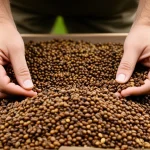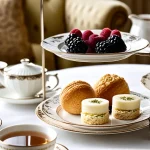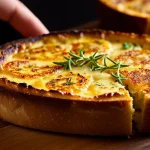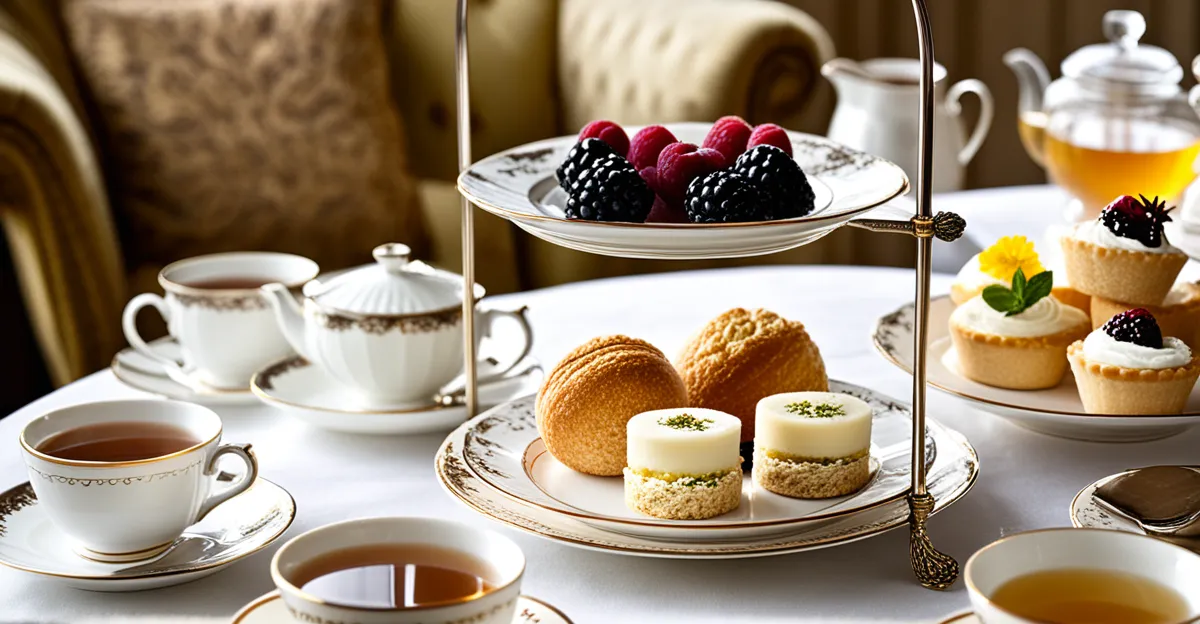Elements of a Traditional British Afternoon Tea Menu
A traditional British afternoon tea menu balances several key components: savory bites, scones, sweets, and a selection of teas. Each element plays an important role in creating a harmonious and satisfying experience. The afternoon tea components typically begin with finger sandwiches—light, crustless, and made with fillings like cucumber or smoked salmon. Next come the scones, a quintessential part of British tea, served warm with clotted cream and jam. Finally, assorted sweets such as Victoria sponge or Battenberg cake round off the menu, offering a sweet finish to the meal.
Presentation is crucial in a traditional British afternoon tea menu. Delicate tiered stands showcase the variety and invite guests to sample each item in turn. This clear separation helps maintain the order and enhances the overall elegance. The British tea menu basics also focus on portion size and arrangement—each component complements the others without overwhelming.
In the same genre : How can you recreate a traditional shepherd’s pie at home?
A sample menu might look like this: assorted finger sandwiches, freshly baked scones with clotted cream and preserves, an assortment of petite cakes and pastries, accompanied by carefully chosen tea blends to complete the experience.
Classic Savory Selections
Afternoon tea savories form the foundation of a traditional British afternoon tea menu, providing a light yet flavorful start. The most iconic offerings are traditional tea sandwiches, notably finger sandwiches made without crusts to maintain elegance. Popular fillings include cucumber, smoked salmon, egg and cress, and ham with mustard. Each sandwich is crafted bite-sized to ensure ease of eating and to maintain a refined presentation.
Topic to read : How can you create a delicious Welsh rarebit at home?
Creating perfect afternoon tea savories involves balancing textures and flavors—refreshing cucumber contrasts well with rich smoked salmon, while egg and cress offers a creamy yet fresh bite. For variety beyond finger sandwiches, alternatives like mini quiches or savory tartlets can be introduced, catering to palate diversity without disrupting the traditional balance.
When assembling these components, maintaining neatness is key. The sandwiches should be uniformly cut and arranged, contributing to both aesthetic appeal and a satisfying tasting order. This attention to detail anchors the British tea menu basics, ensuring the afternoon tea components harmonize perfectly before moving on to scones and sweets. The savory layer sets the tone by delivering subtle flavors that complement the rest of the menu.
Scones: The Heart of Afternoon Tea
Scones hold a cherished place in a traditional British afternoon tea menu, acting as the centerpiece that bridges savory and sweet. These iconic British scones are typically served warm, inviting guests to enjoy their tender crumb alongside generous dollops of clotted cream and jam. This combination—often called the “cream tea”—is a defining moment within the afternoon tea components.
Achieving perfect scones requires attention to detail: the dough should be light and flaky, never dense, and baked until golden. A skilled baker knows how to balance moisture so the scones are tender but not crumbly. Serving suggestions emphasize freshness; warm scones, straight from the oven, maximize flavor and texture.
The role of scones in the British tea menu basics extends beyond taste. Their placement on the tiered stand separates them visually and gastronomically, preparing the palate for the final sweet layer. Whether topped with clotted cream and strawberry preserves or lemon curd, scones remain a beloved staple, embodying the cozy, indulgent spirit of afternoon tea.
Sweet Treats and Pastries
A vital part of the traditional British afternoon tea menu is its selection of afternoon tea pastries and traditional British sweets. This sweet layer offers a delightful contrast to the savories and scones, rounding out the experience with treats such as Victoria sponge, Battenberg cake, macarons, and éclairs. These carefully curated tea time desserts are elegantly portioned to avoid overwhelming the palate while offering variety in flavor and texture.
Portion control plays a key role: bite-sized cakes and petite pastries ensure guests can sample multiple items without feeling overindulgent. Seasonal or regional variations can enhance the menu, introducing fresh fruit tarts in summer or spiced mince pies during winter, keeping the offerings fresh and exciting.
Beyond taste, presentation is essential, with sweets often displayed on the highest tier of the stand to visually signal the dessert finale. Their colorful and intricate designs invite guests to savor each bite, completing the perfect balance of the afternoon tea components in this quintessentially British tradition.











